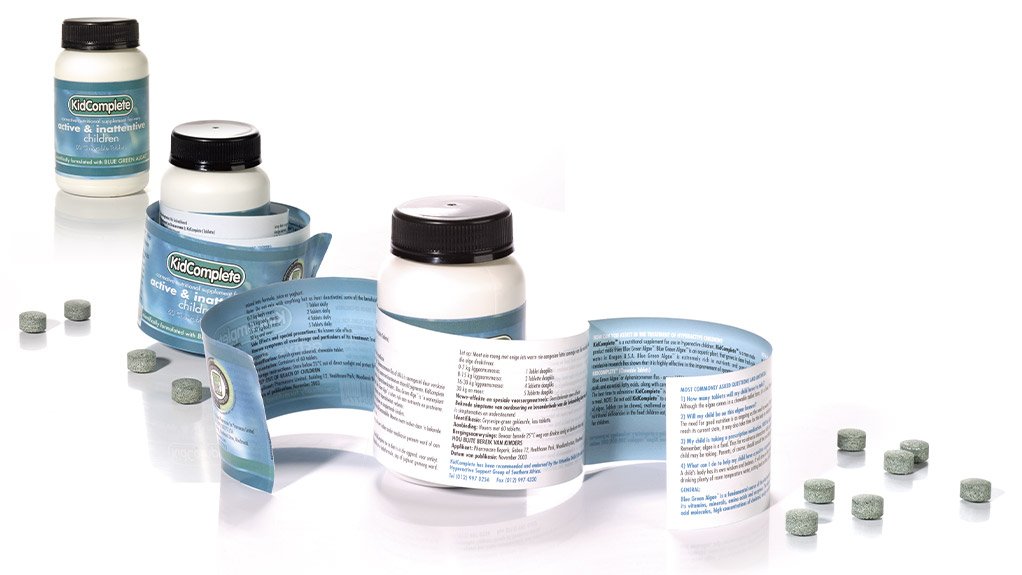
In South Africa, there are many regulations relating to the production, marketing and labelling of food to protect consumers.
From allergen declarations and the amount of sugar present in a product to storage instructions, people are fast becoming more conscious of what they consume.
According to FACTS (Food Advisory Consumer Service), the most relevant laws with respect to the marketing and advertising of foods to consumers is the Consumer Protection Act, The Foodstuffs, Cosmetics and Disinfectants Act (Foodstuffs Act), the Agricultural Products Standards Act and the National Health Act, as well as the Regulations that fall under each Act.
The Consumer Protection Act (CPA) applies to any transaction in which goods or services are supplied to a consumer. It provides consumers with the right to information in plain and understandable language; safe, quality goods; and the right to fair and responsible marketing.
The Foodstuffs, Cosmetics and Disinfectants Act and the Regulations relating to the Act include many mandatory requirements a supplier must comply with when displaying information on a label. Worth noting are:
-
Date marking – Must be indicated on the label in the following manner: ‘best before’, ‘BB’ and/or ‘use by’ and/or ‘sell by’.
-
Nutritional information – When claims are present on a label, such as ‘high in fibre’, it is mandatory to have a nutritional table on the label. The Regulations relating to the Foodstuffs Act (R146) prescribes a very specific format in which the nutritional information must be presented.
-
Statements and claims – Certain statements and claims are prohibited or only allowed if certain requirements are met. Words such as ‘fresh’, ‘natural’, ‘pure’, ‘premium’, and ‘quality’ are only be permitted if the product complies with criteria stipulated in the Guidelines to regulation R146 (Labelling and Advertising of Foodstuffs).
-
Allergens – Common allergens must be included on a label and the manner in which this is done must be declared as regulated by R146.
Suppliers and retailers must take note of the vast food labelling legislation that impacts their marketing, label design and ultimately their relationship with consumers. Designing labelling to accommodate regulated on-pack information requires a balancing act between text legibility and package size.
One way to overcome this problem is by using Fix-a-Form® booklet labels from Pyrotec PackMedia to convey important information. While occupying only the space of a standard self-adhesive label, booklet labels provide almost unlimited space for legislated information, user instructions and product information.
Fix-a-Form® booklet labels provide an opportunity to optimise compliance while building brand relationships and provide an opportunity to increase a pack’s visual appeal and cost savings, while simultaneously reducing waste.